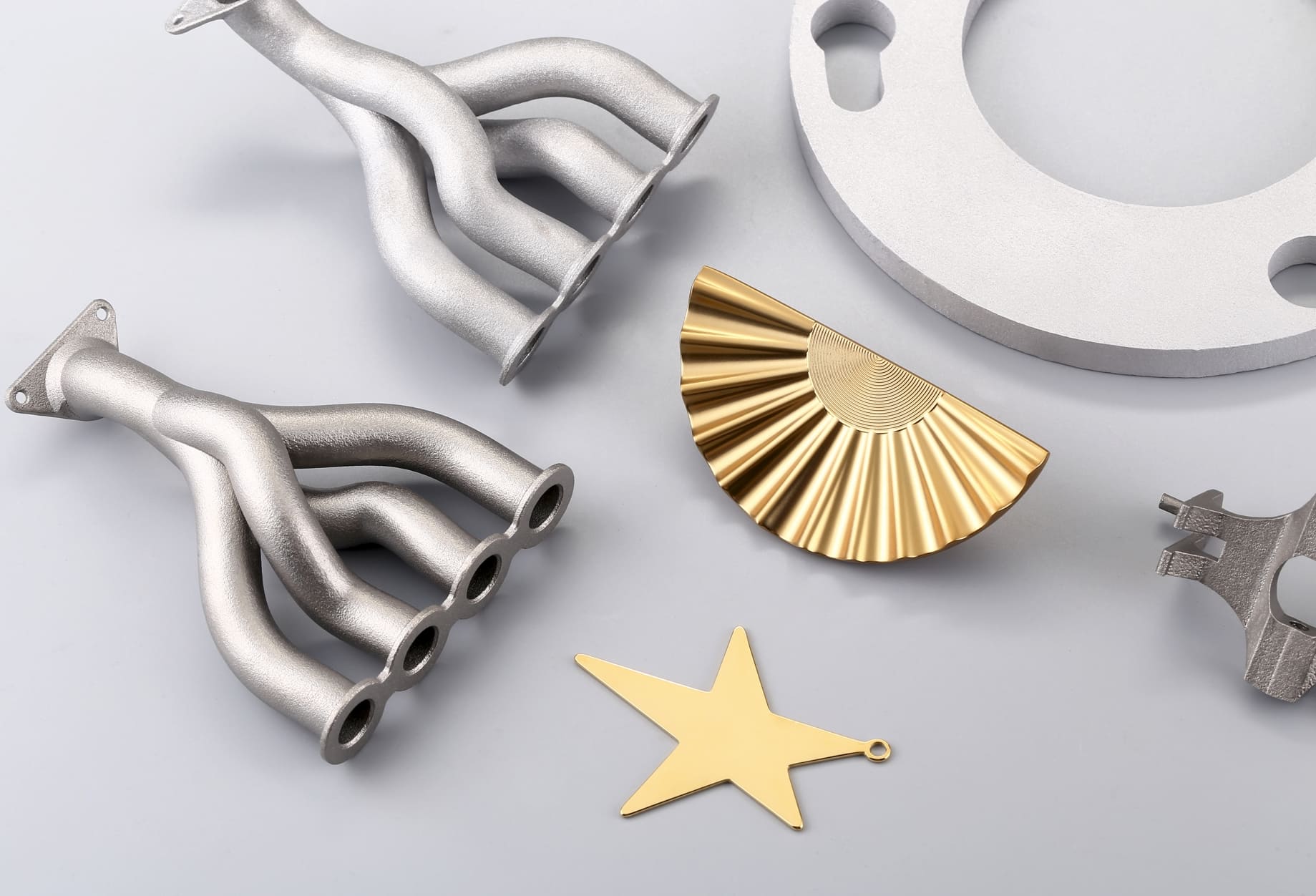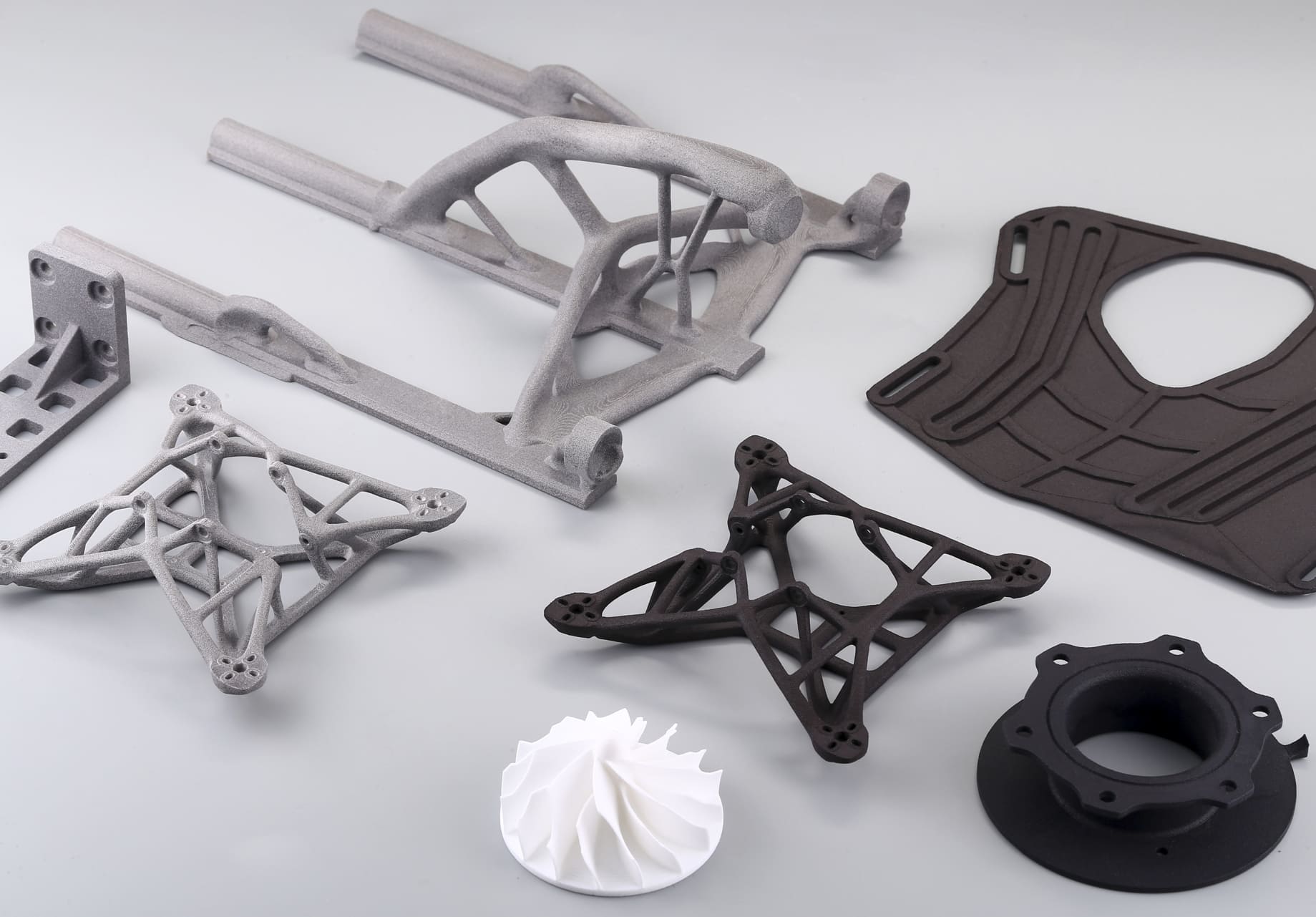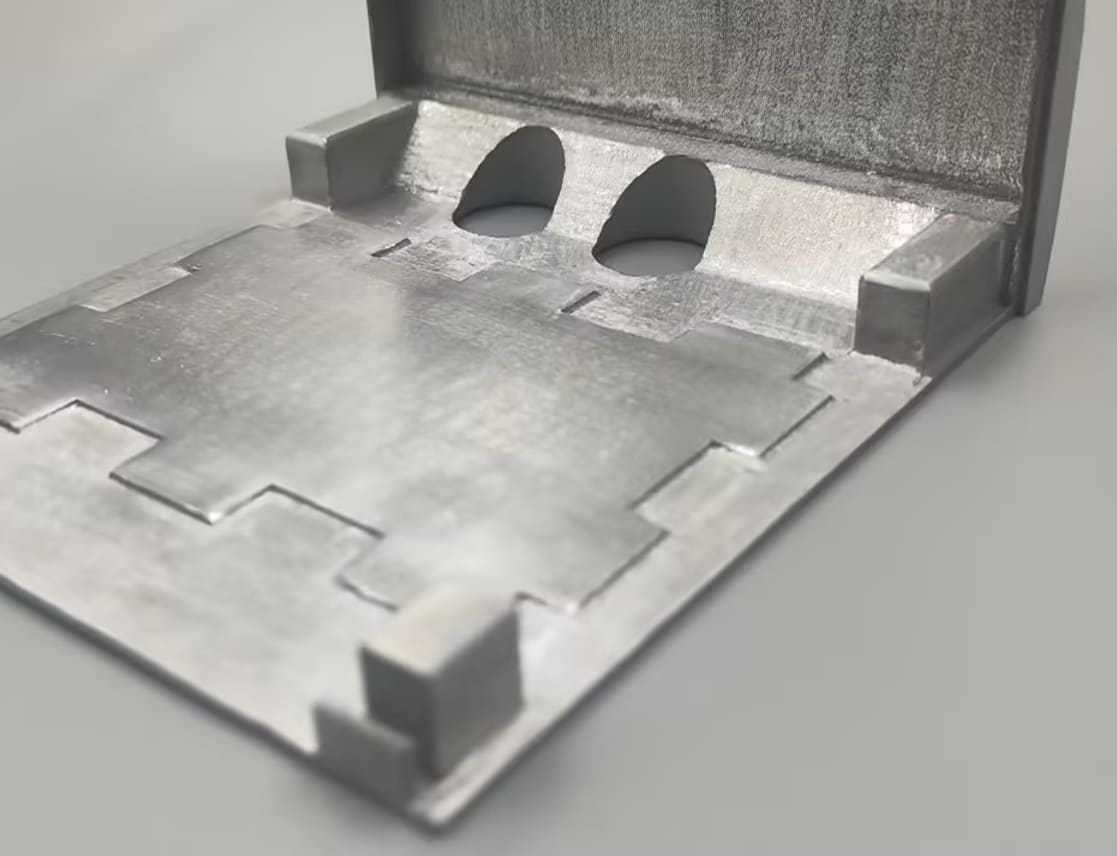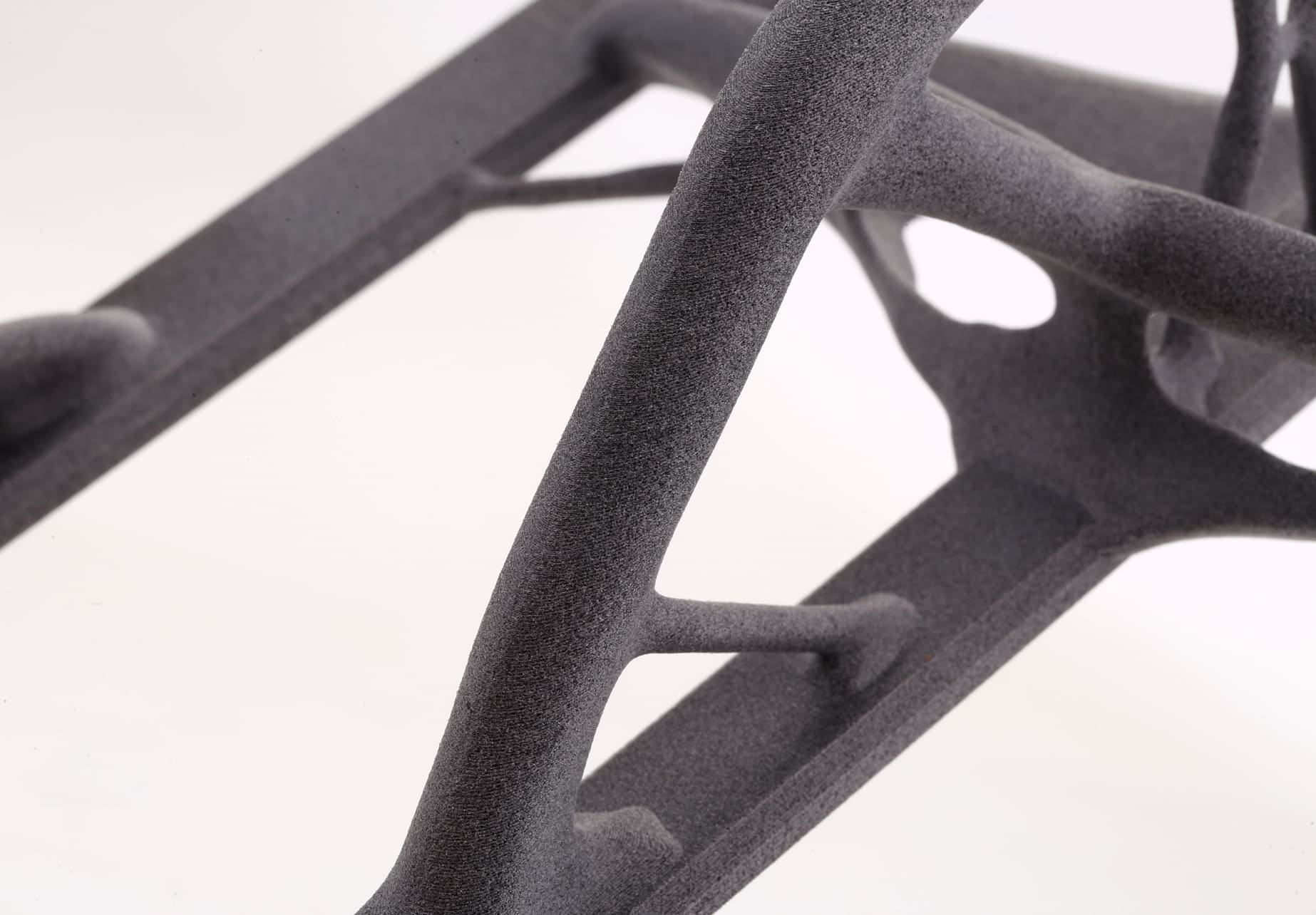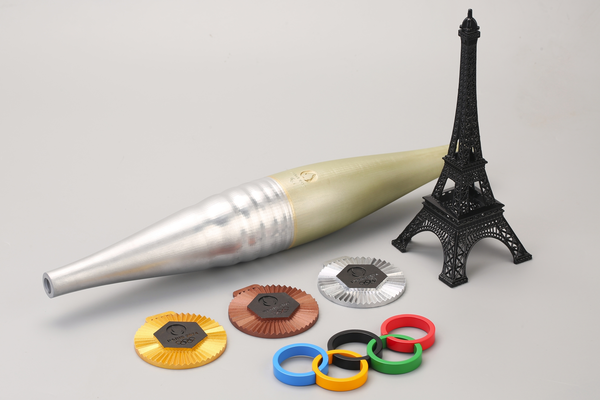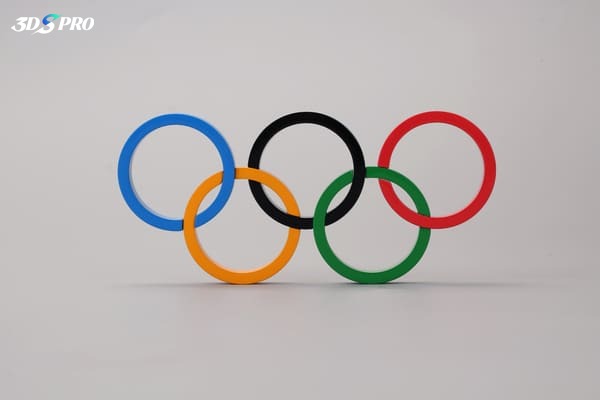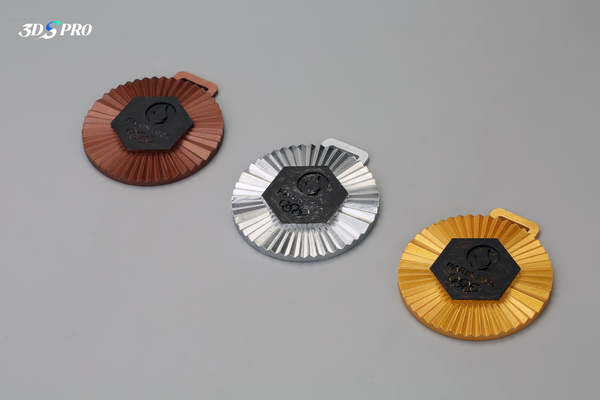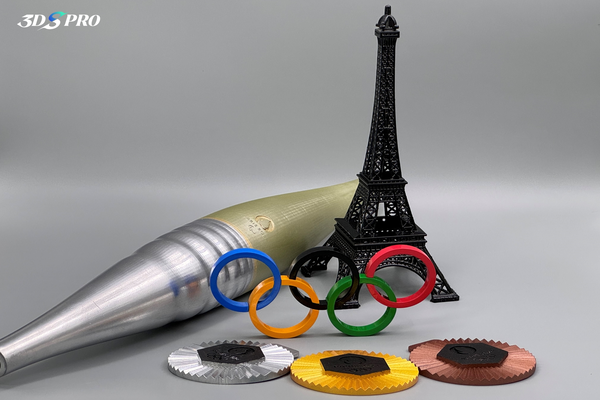Air Taxis Will Be Used During The 2024 Paris Olympic Games
Urban air mobility contributes a new benchmark for sustainable transportation solutions. Volocopter’s VoloCity air taxis will be used during the 2024 Paris Olympic Games. These air taxis are electric vertical take-off and landing (eVTOL) vehicles with two seats and 18 electric-powered rotors. And a floating heliport will be constructed on the Seine River near the Austerlitz railway station for these air taxis.
The initiative aims to showcase Paris’ effort in sustainability and evaluate the feasibility of integrating flying taxis into the city’s transportation system.
3D Printing Plays A Role in the Aerospace Industry
Rapid prototyping is one the major capabilities that 3D printing offers to the aerospace industry, which enables engineers to quickly produce and test multiple design iterations. 3D printed or not, those air taxis flying over Paris are likely to have thousands of prototypes before they become commercial “flying taxis”. 3D printing prototypes accelerate the development process and helps in refining designs more efficiently.
Look at the VoloCity air taxi, its shape, frame, structure, etc. are different and more complex than the traditional aircraft we have in mind. When producing complex parts, traditional manufacturing methods often have difficulty coping with complex geometries.
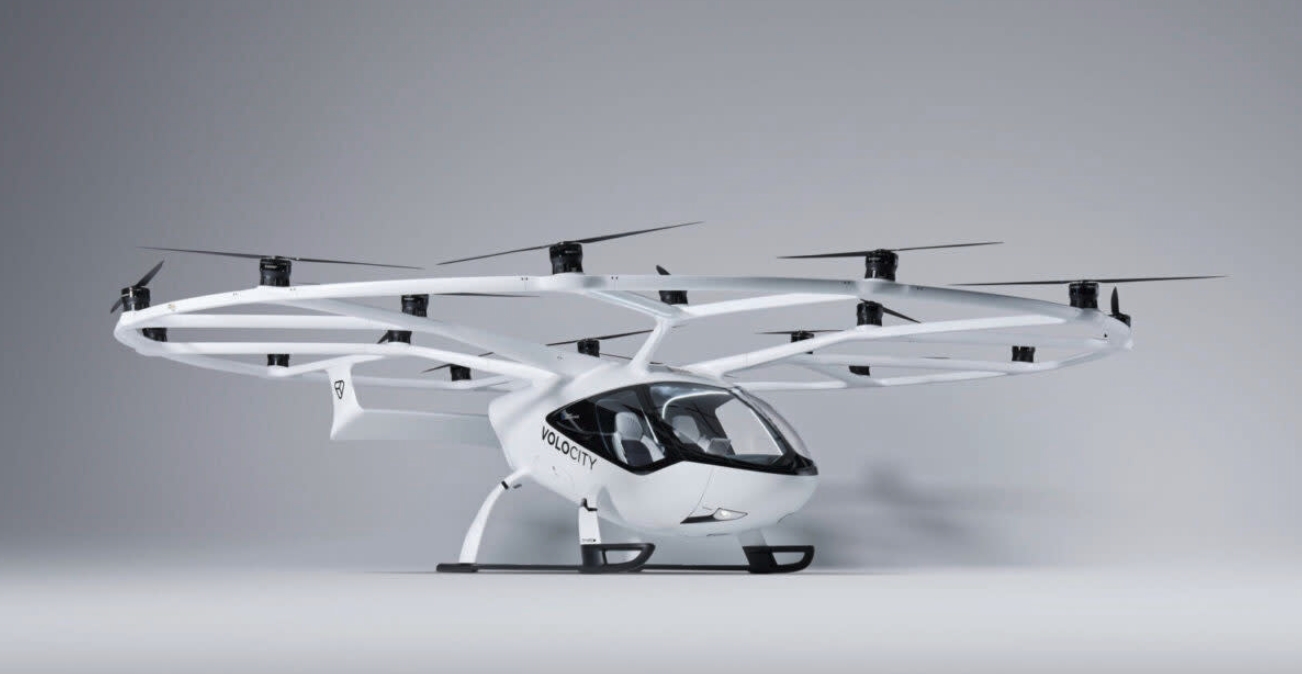
Resource: Volocopter
Look at the 3D printed aircraft prototype we made, the print-in-place lattice structure is only possible using 3D printing.
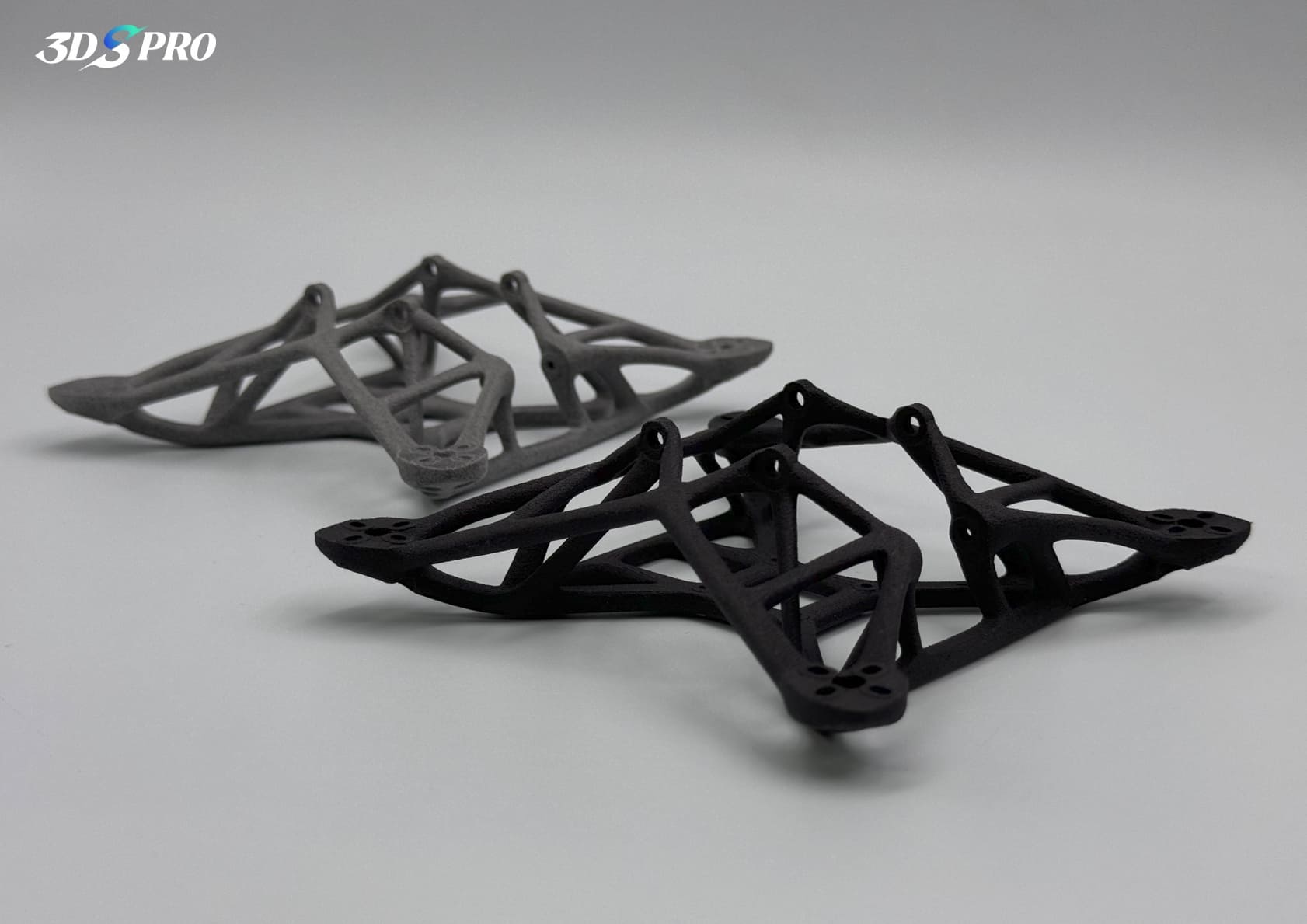
3D printing can create lighter and stronger complex shapes and internal structures, which is crucial for aerospace parts.
Following the sustainability benchmark, 3D printing is quite a waste reduction manufacturing method as it builds parts layer by layer and uses materials as needed. Subsequently, 3D printing reduces the cost of manufacturing or prototyping in the aerospace industry, which aligns with the industry’s sustainability goals.
Another issue in air taxi or aircraft manufacturing is customization. Aircraft often require custom parts, and 3D printing can flexibly produce custom parts without expensive tooling, even if it is just One Piece. Moreover, 3D printing can be used to produce spare parts on demand, reducing the need for large inventories and enabling faster repairs. 3D printing thus can support the air taxi industry if they need spare parts and quick repairs.
Take A Closer Look at the 3D Printed Aircraft Prototypes
We printed two identical aircraft frame prototypes: the one on the left using SLS and the one on the right using MJF. These prototypes have lattice structures with complex designs and geometries and is used for UAV frame prototype testing to verify which method and material are suitable.
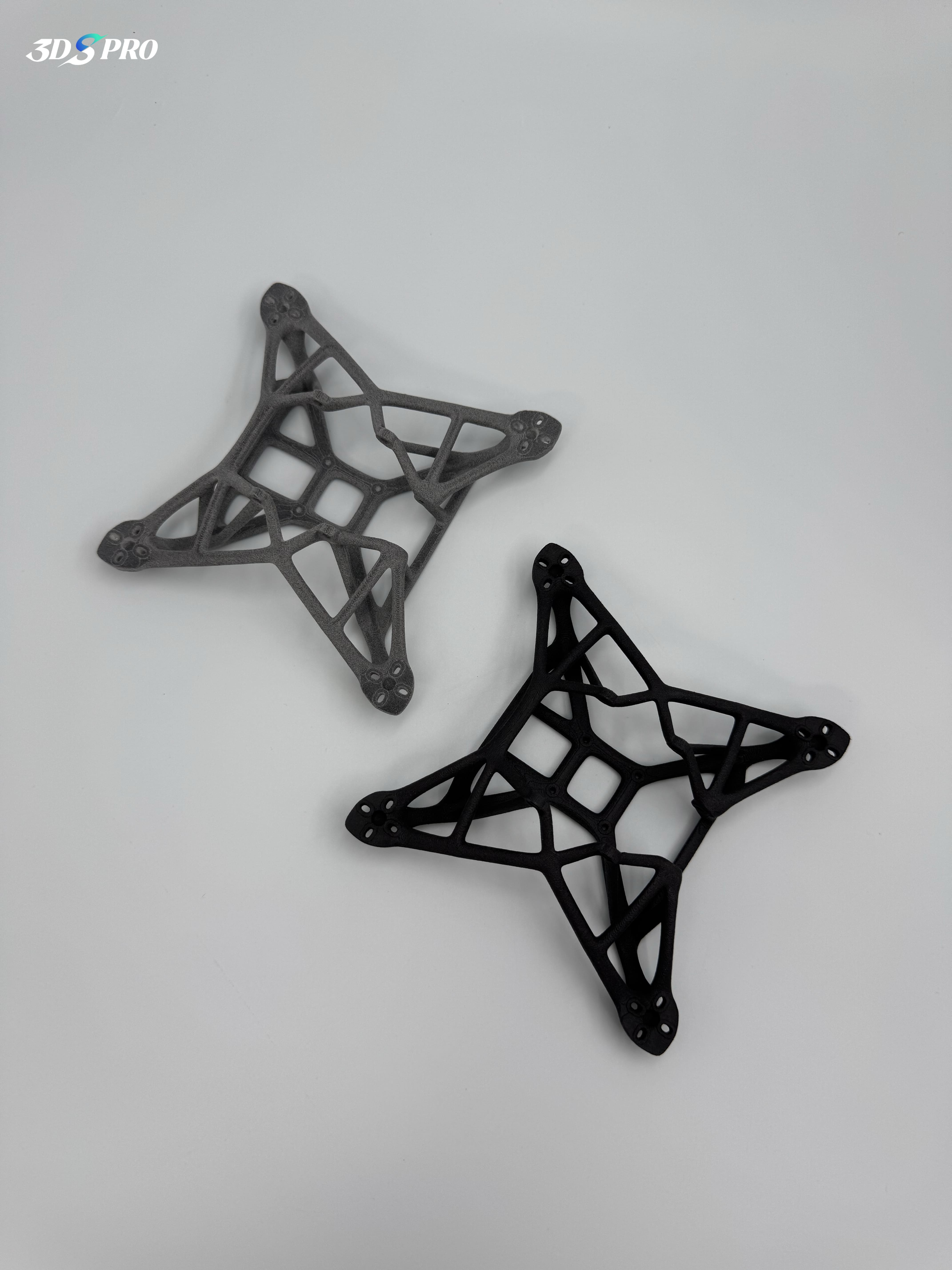
The SLS 3D Printed Prototype
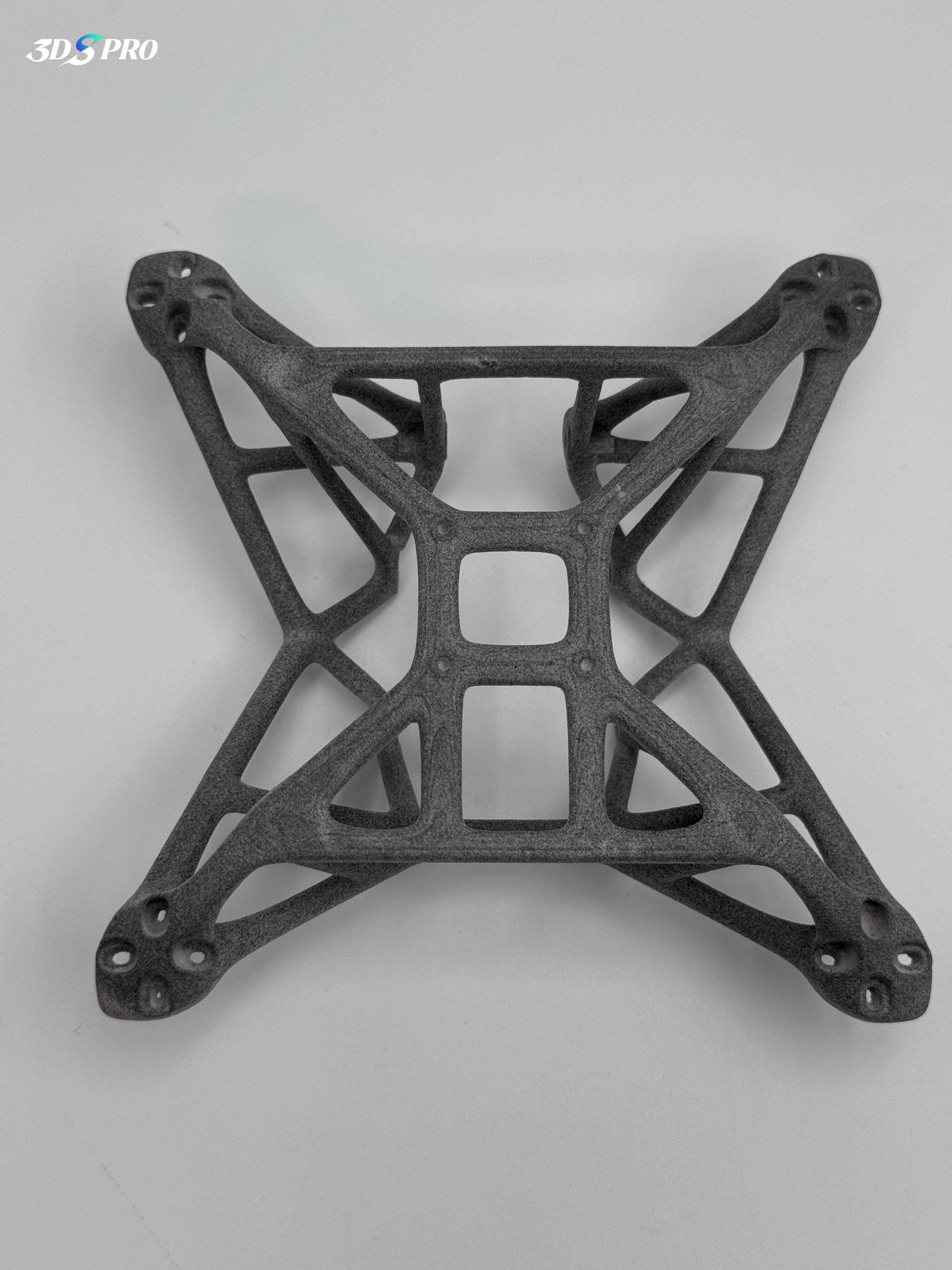
● Material: Nylon PA 12 Glass-filled
● 3D Plus™ Post-processing: None
Nylon PA 12 Glass-Filled (PA 12 GF) is a strong material for SLS 3D printing that is known for its enhanced mechanical properties. The material has good tensile strength and high rigidity and stiffness due to glass fiber reinforcement. It also exhibits excellent wear resistance and thermal stability, making it suitable for parts subject to friction and high temperatures. In addition, it has good dimensional stability and accuracy, which is ideal for functional prototyping and production parts in the aerospace industry.
That’s all we know about SLS 3D printing PA 12 GF, and now let’s take a closer look at the part.
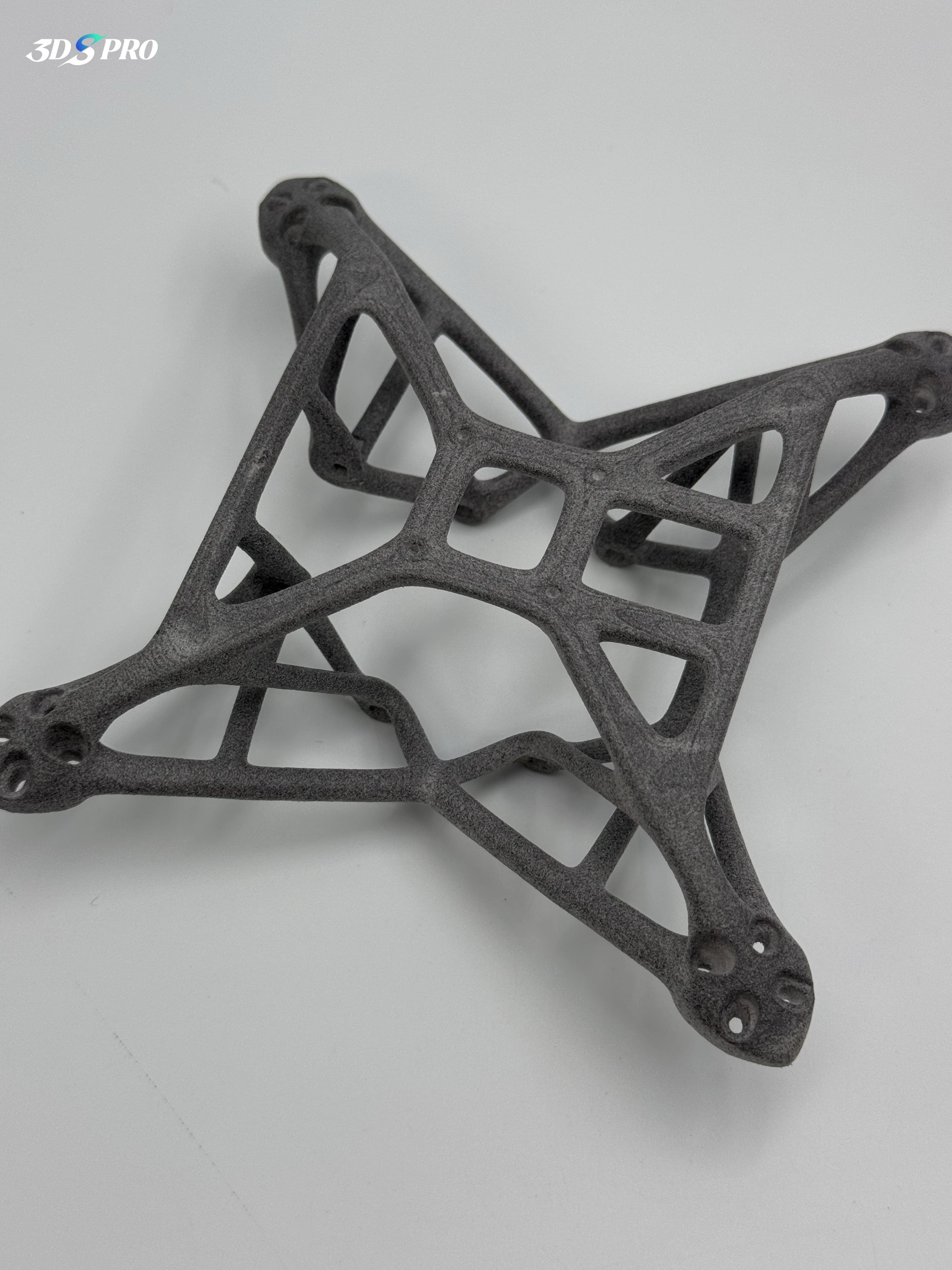
● The whole structure: good
● Color: gray
● Surface finish: granular and matte
● Threaded holes: some are printed successfully and some are clogged by the residue powder
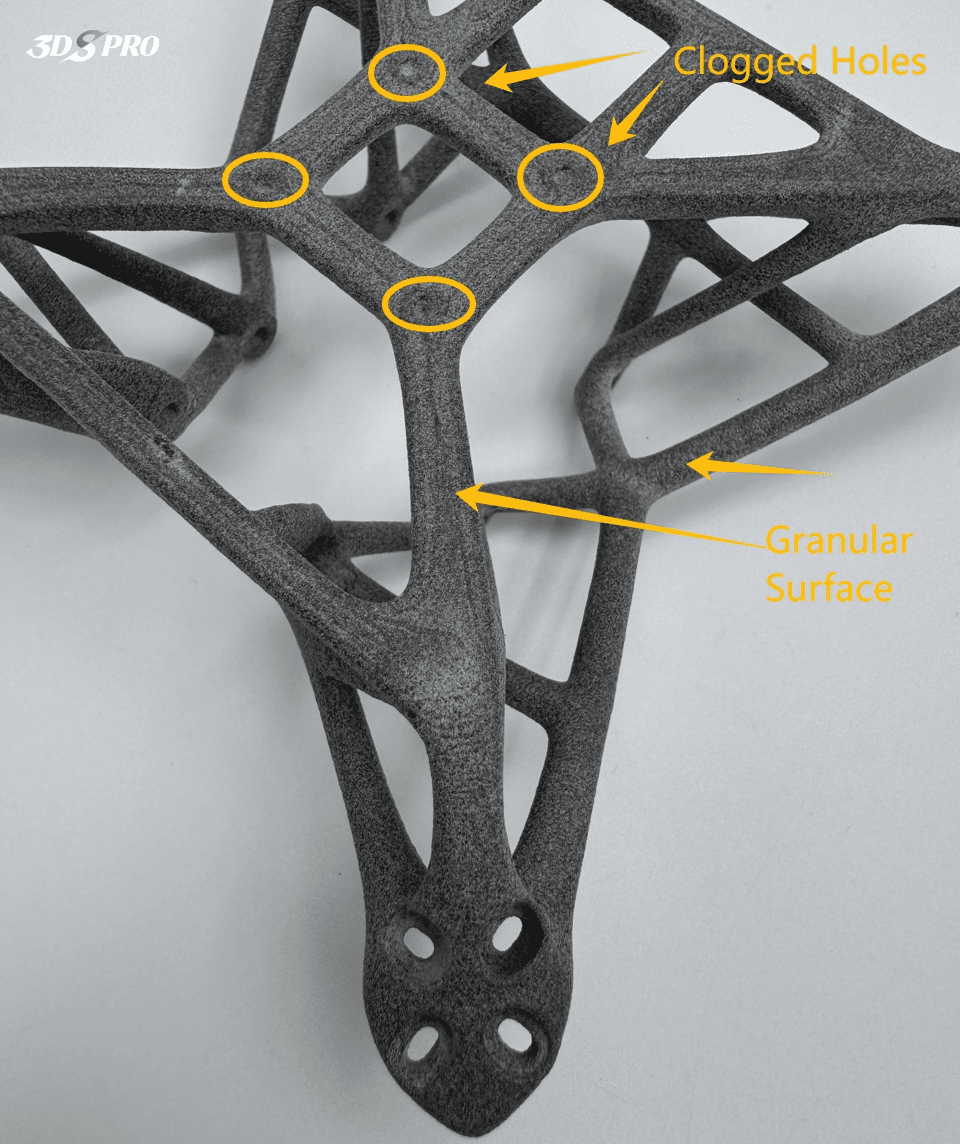
And take a look at the drop test we did for our SLS printed PA 12 GF prototypes.
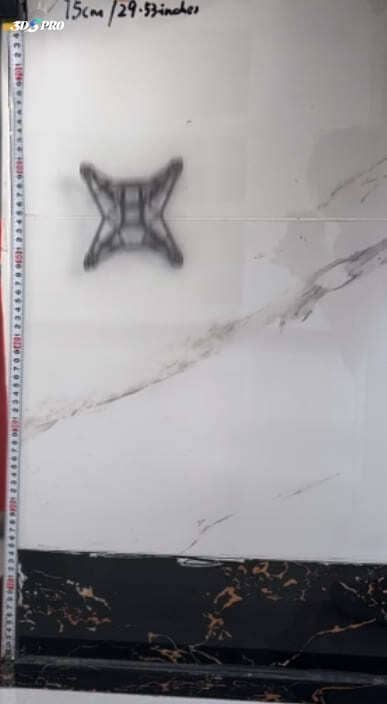
29.53 inches (75cm) Drop Test:
Before:
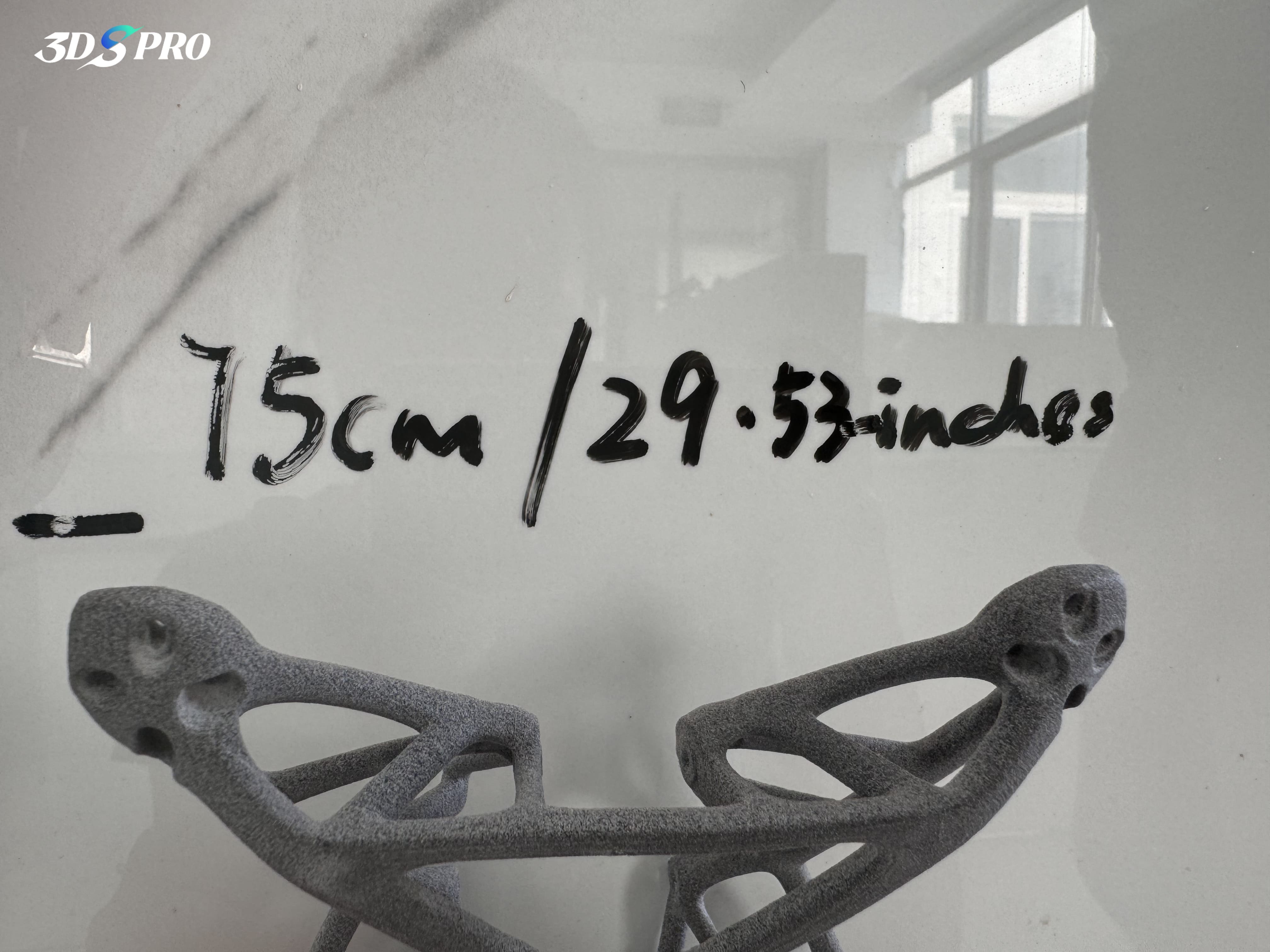
After: No damage, no noticeable changes.
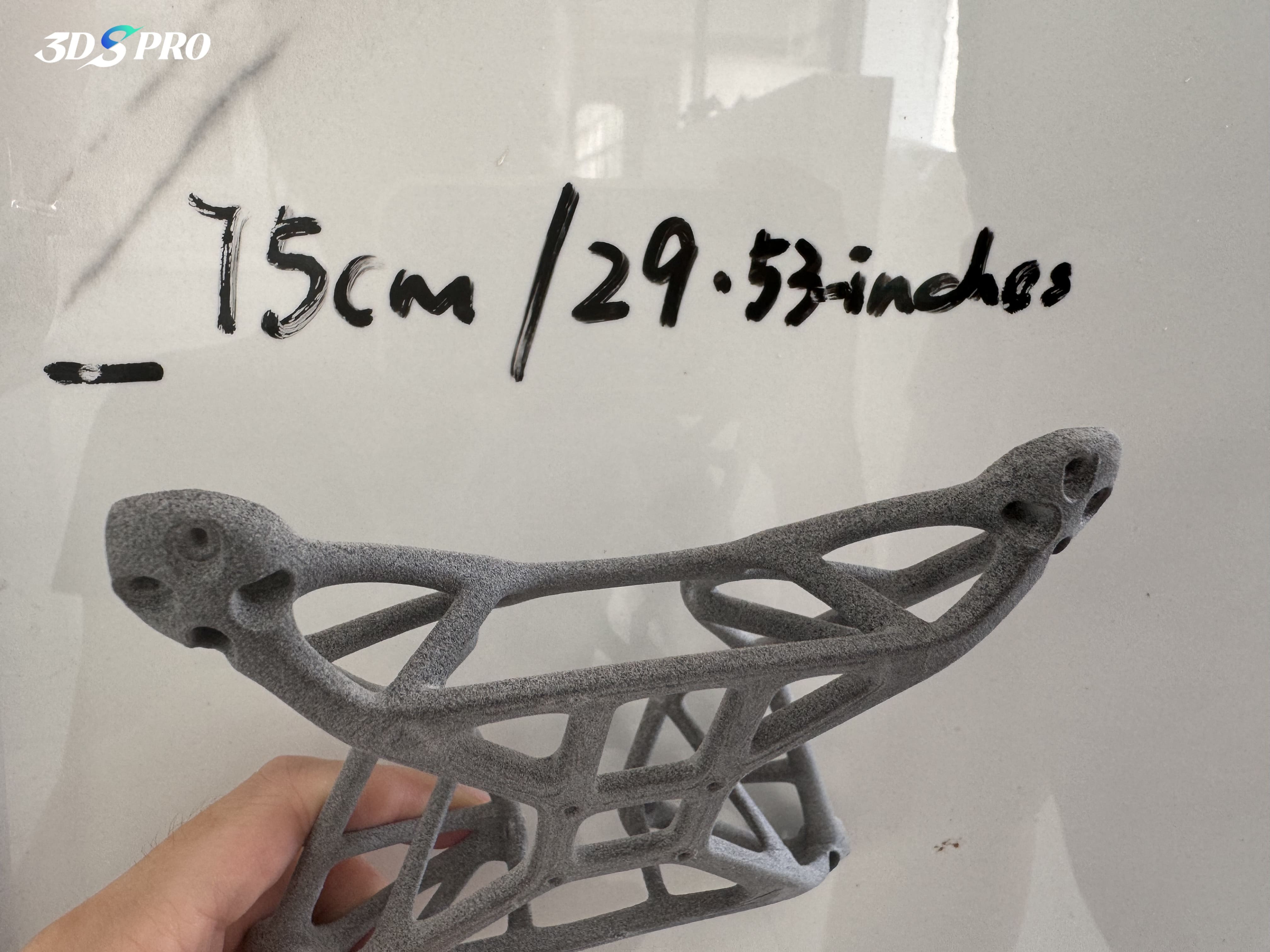
The MJF 3D Printed Prototype
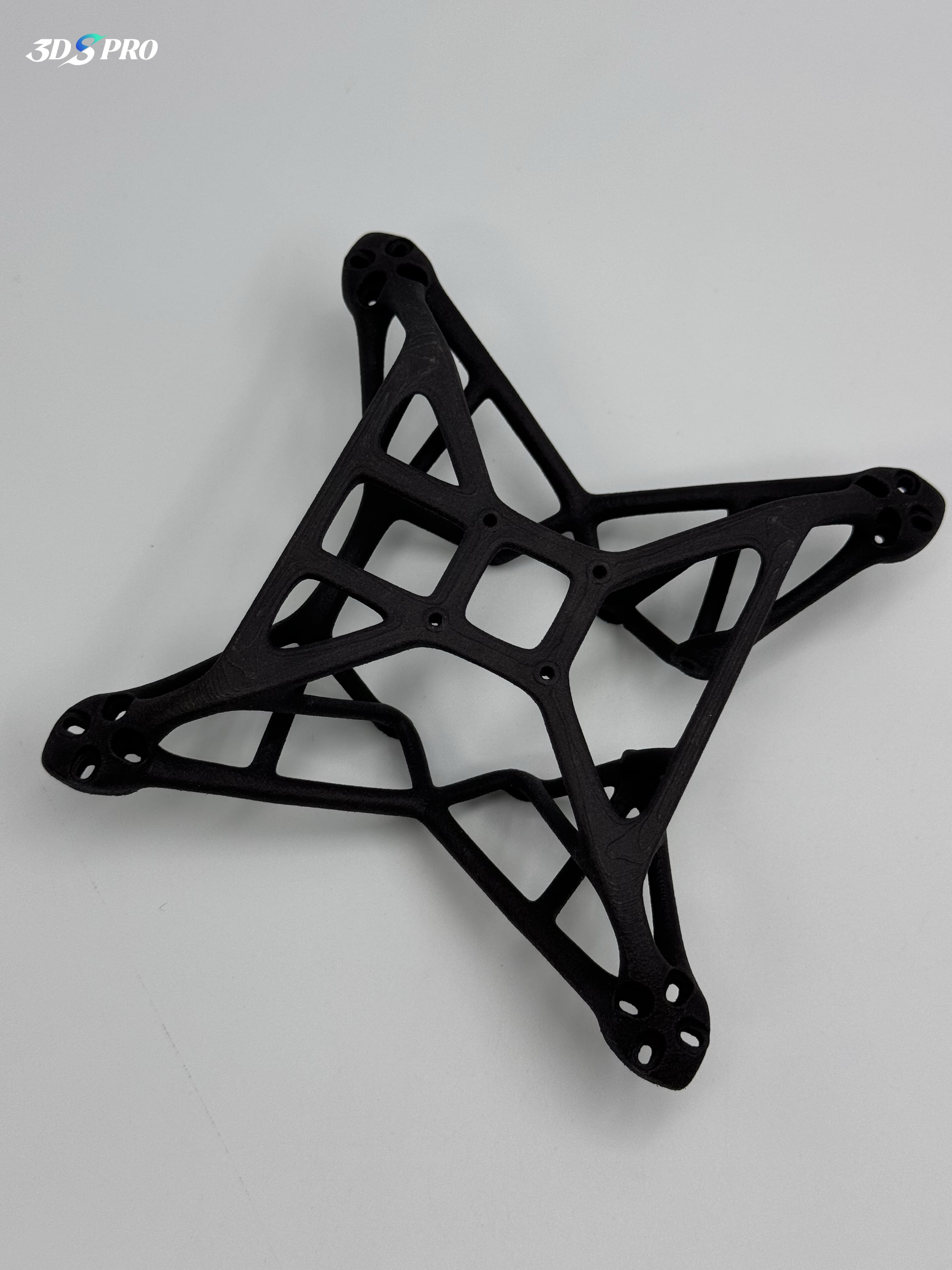
● Material: PA 12 Black
● 3D Plus™ Post-processing: None
Nylon PA 12 Black for Multi Jet Fusion (MJF) 3D printing has impressive mechanical properties. It has good tensile strength, which provides strong and durable parts. The material also has good flexibility. In addition, it has excellent heat resistance and a high heat deflection temperature. These properties make it suitable for complex components, housings, and functional prototypes that require high strength and durability.
That’s all we know about MJF 3D printing PA 12, and now let’s take a closer look at the part:
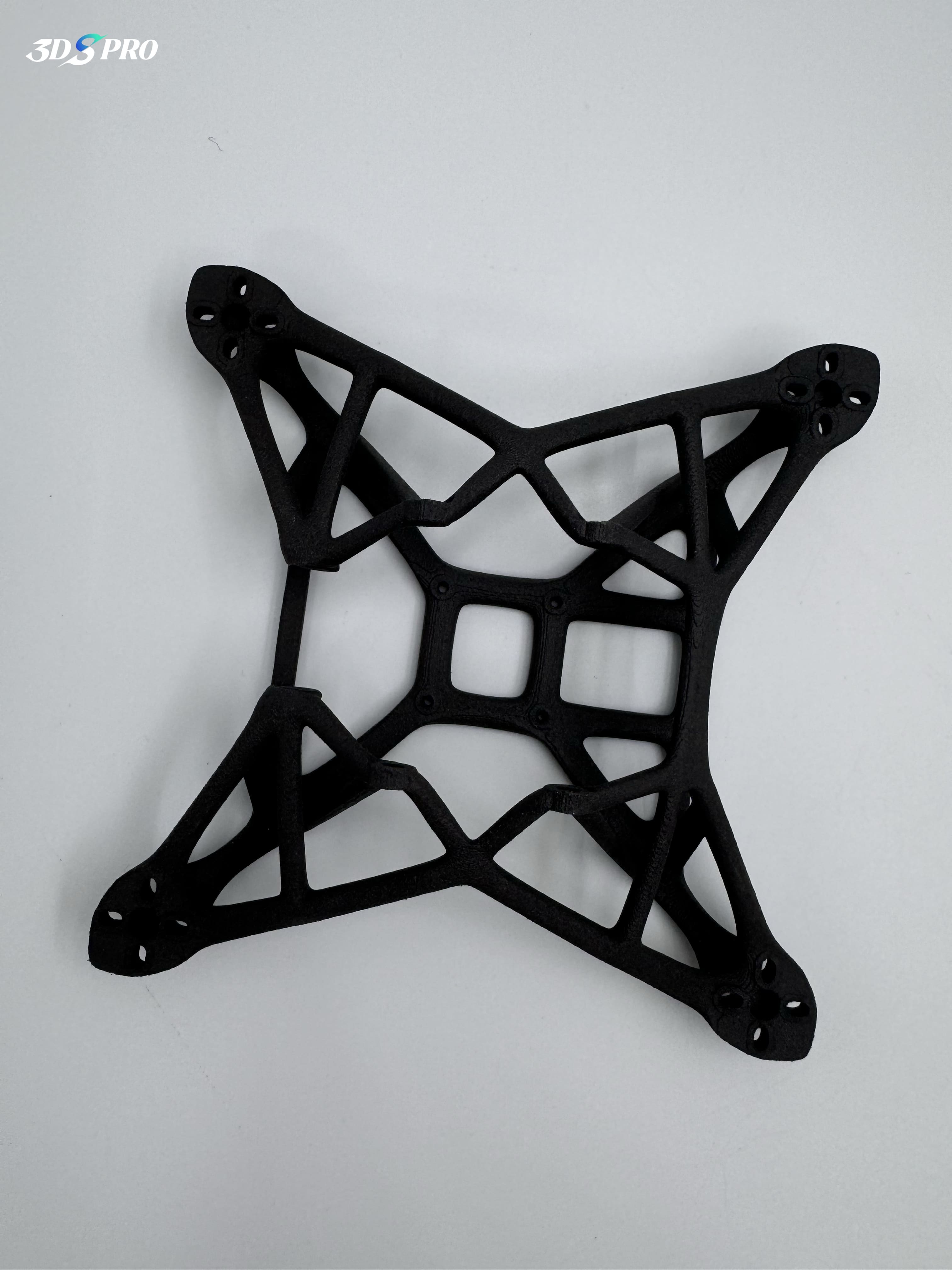
● The whole structure: good
● Color: black
● Surface finish: granular and matte
● Threaded holes: all holes are printed successfully
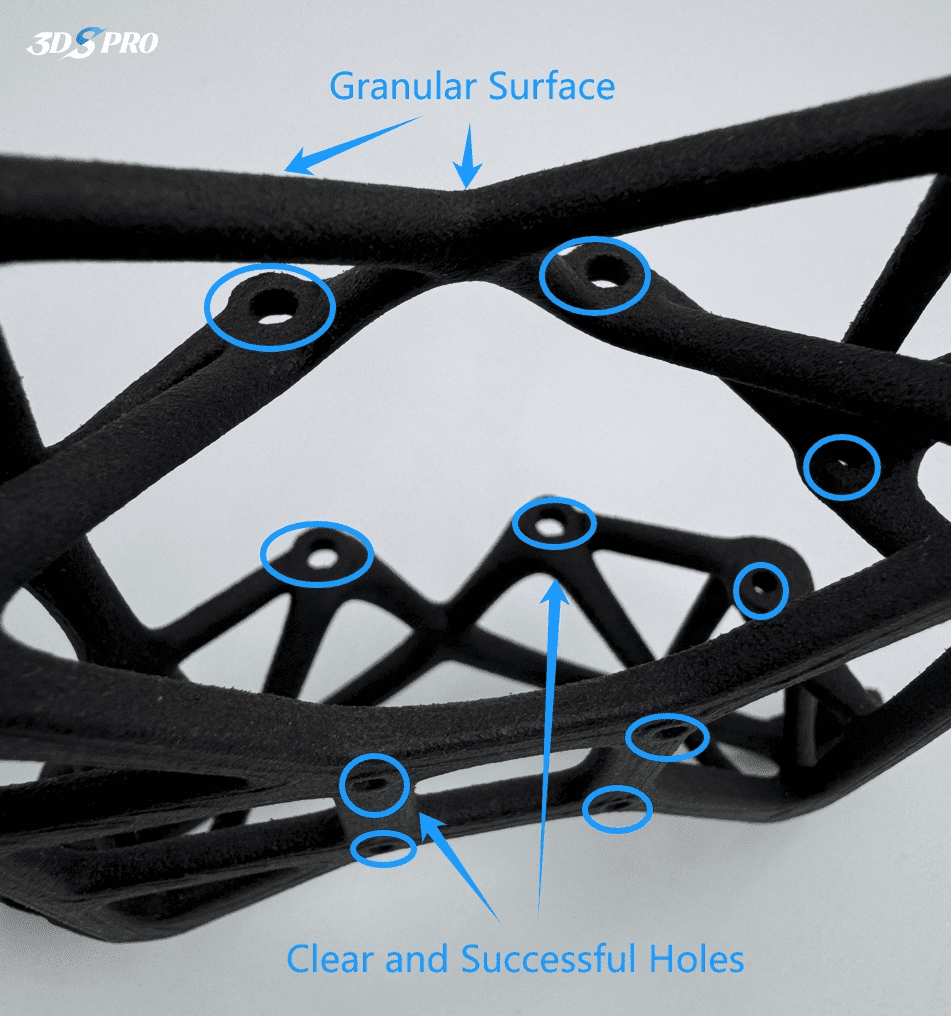
And take a closer look at the drop tests we did for our MJF printed PA 12.
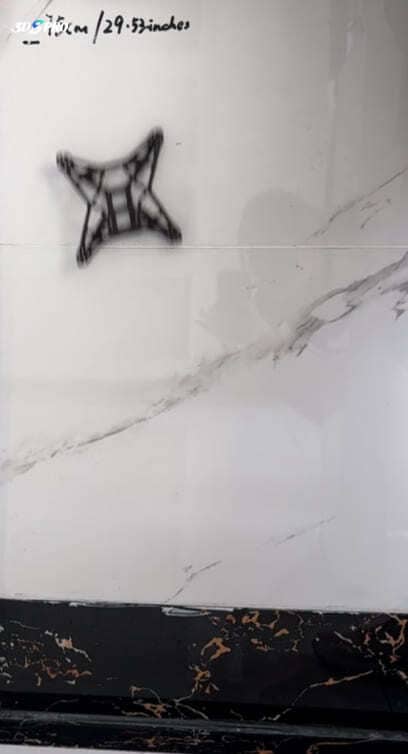
29.53 inches (75cm) Drop Test:
Before:
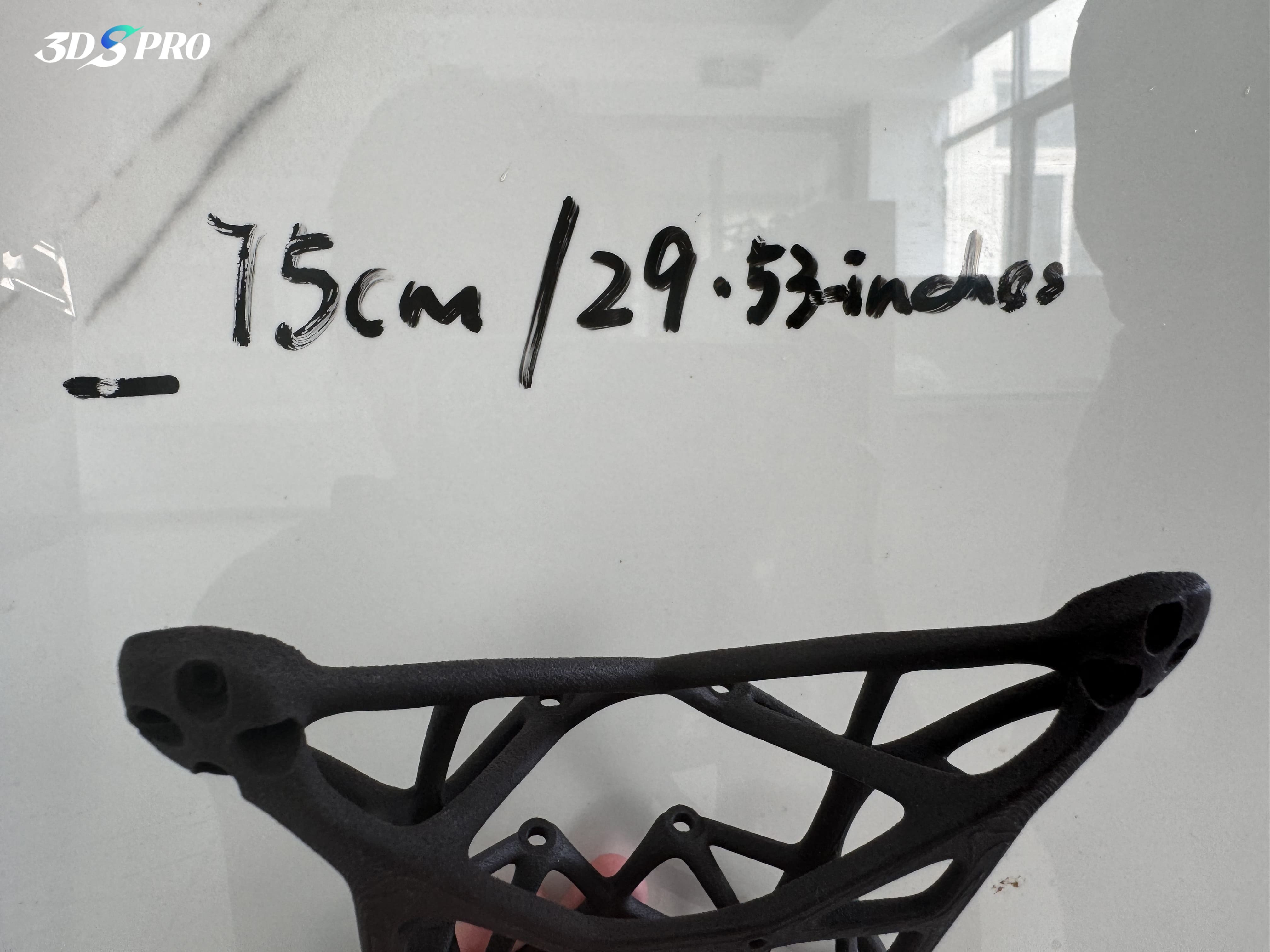
After: No damage, no noticeable changes.
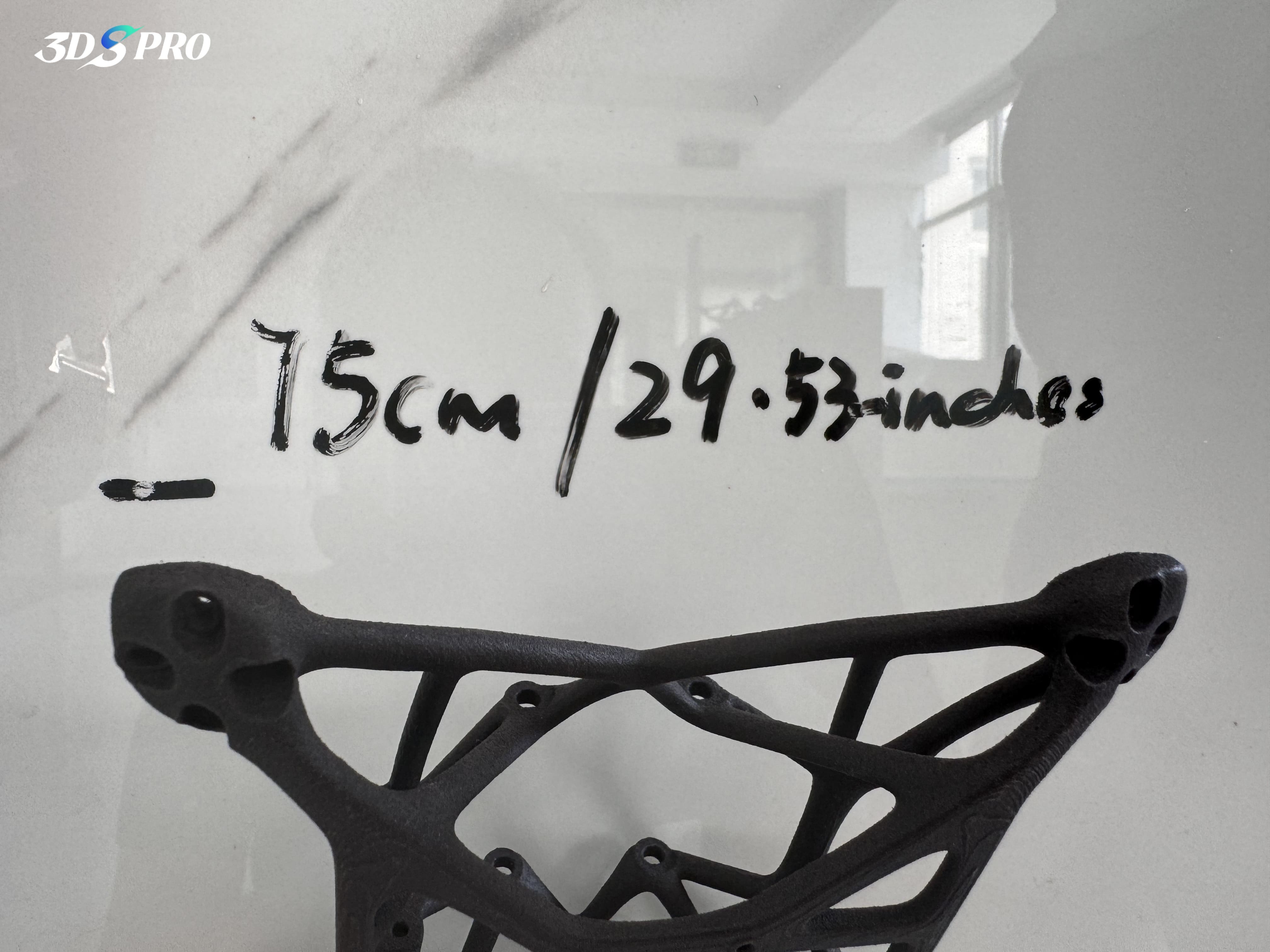
What We Found
● SLS PA 12 GF and MJF PA 12 might have similar surface finish and impact resistance;
● When designing threaded holes, it might need to increase the hole diameter if you choose SLS PA 12 GF;
● If you go with the MJF PA 12, you’ll probably get a neat part (with increased cost);
● If you have specific color requirement, please note the final finished colors of both (but post-processing like dyeing can help you for specific color too).












